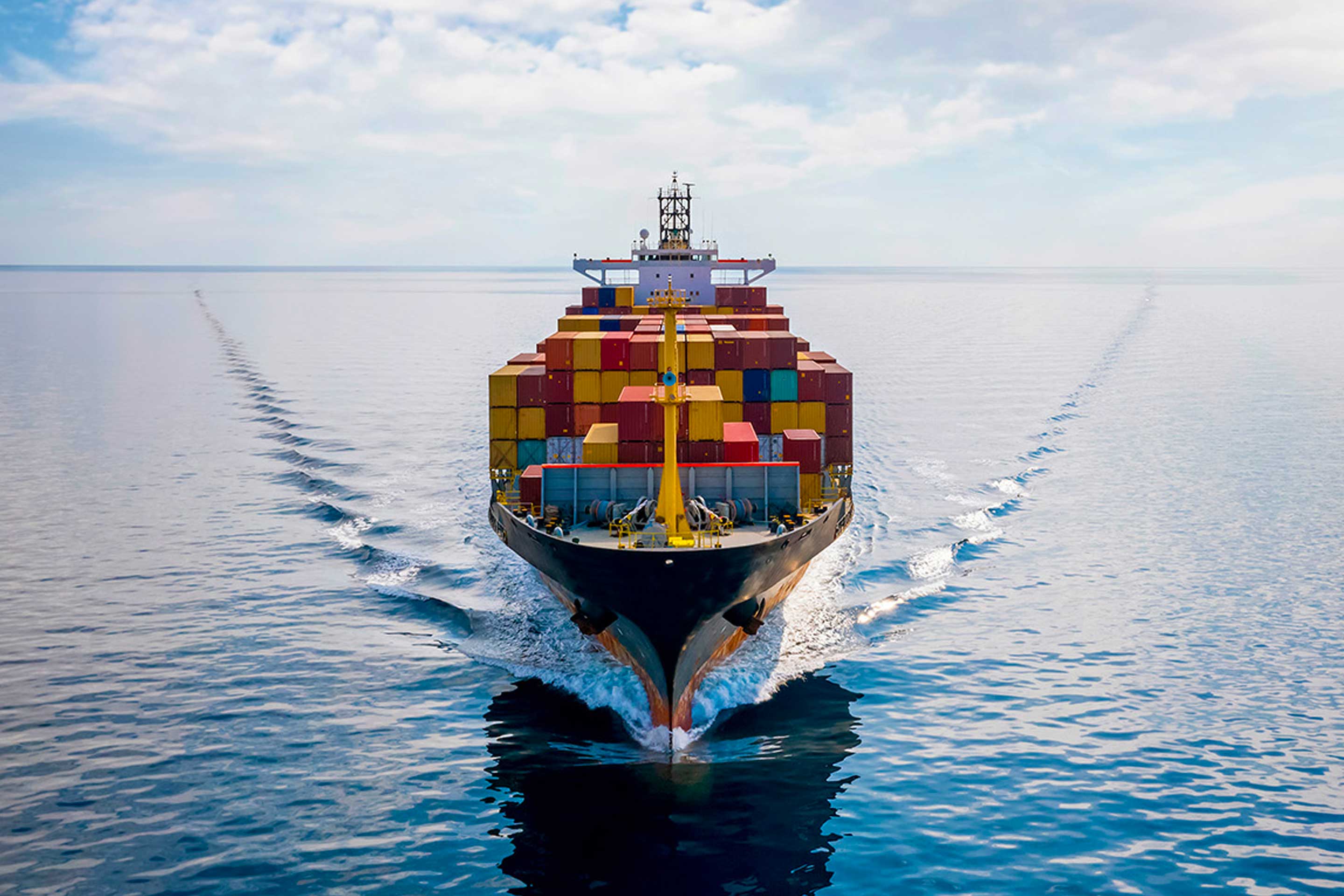Over the past few months, we’ve looked at a wide range of sustainable fuel solutions for the maritime industry, including LNG, methanol, ammonia, hydrogen and dual fuel options. Electric motors and batteries are also a possible solution – after all, we’re already seeing EVs make inroads into the wider transport sector, so why not shipping?
While electric technology provides a near ideal platform for personal transport, propelling drivers around towns with zero local emissions and the ability to charge at home overnight, the challenges for electric propulsion in shipping are considerably larger.
Deep-sea shipping requires huge amounts of fuel for the large distances traveled. Switching to electric power means swapping fuel tanks for batteries, which introduces its own particular challenges, not least the fact that battery packs require a lot more space. That means less room for carrying goods. It’s a problem the transport industry has seen with trucks and vehicles that need to travel hundreds of miles at a time, and it’s a bigger problem when there’s a need to propel vehicles weighing tens of thousands of tonnes over thousands of miles.
Batteries are incredibly heavy, and packing a ship full of them to deliver adequate range would increase weight along with taking up more valuable cargo space.
Charging is also an issue. Even if it were technically and economically viable to carry enough batteries for longer journeys, charging the ship for a return trip would require huge amounts of power and a lot more time in port before the ship could continue its journey.
That doesn’t mean that electric propulsion doesn’t have a place in the world of shipping, however.
Where battery power makes sense
Raphael Ryser, Senior Expert Turbocharging and Engine Technology at Accelleron explains: “It depends very much on the application. We’ve already discussed ferries that run on hydrogen, and battery power faces some similar challenges. Ferries in Norway, for example, have some connections that are very short. Hydrogen is a viable solution in such cases, but so are batteries. With journeys that are just a few kilometers, the number of batteries that you require is relatively small, and you also have enough time to charge them.”
That’s when electric propulsion becomes more attractive, with ferries benefitting from cheaper electricity costs, zero local emissions, and no need to worry about larger infrastructure challenges, such as storing fuels at very low temperatures or at incredibly high pressure.
The number of batteries required remains a key factor in the viability of electric propulsion, however, and Raphael adds:
“Using fewer batteries is a driving factor when it comes to cost. This is important, as after a certain amount of time you will need to replace the batteries – the lifetime of the batteries is much shorter than the lifetime of the ship. Ships have a much higher utilization factor than passenger cars, for example, and this means after a certain time you have some very high costs.
“When you go for longer distances, you have the question: ‘What is more expensive?’ There are higher investment costs in the beginning with electric, and recurring replacement costs for batteries. If you go for a different system, where the chosen fuel may cost more than electricity, you can avoid higher initial investment costs and higher costs for replacement batteries. When the range is a bit longer, you see alternative fuels start to make more sense.”
Other solutions that could make electric propulsion a reality
There are other ways of using electric propulsion, with the potential for hybrid solutions that couple additional technologies alongside electric motors to negate the need for a large amount of batteries.
“Hybrid solutions can include a combination of internal combustion engines and batteries, but efficiency depends a lot on the operating profile,” says Raphael. “Container ships, for example, leave the port and quickly operate at a set cruising speed and load until they are close to their destination, and hybrid solutions aren’t necessarily the most efficient.
This contrasts with other ships that run at fluctuating loads, such as tug boats or dredgers, where a combination of internal combustion engine and battery power could lead to higher efficiency. “The hybrid system pays off where there’s a very high number of load cycles,” adds Raphael, “and in that situation it’s possible to run the engine at a steady power and perform load management with an alternating energy flow from and to the battery.
“Hybrid combinations could include electric drive when manoeuvring, with power supplied by batteries at berth. This would enable ships to avoid exhaust emissions from internal combustion engines when not at sea, although power supply at berth would not enable the vessel to fall under the umbrella of battery-electric propulsion.”
Other hybrid solutions include fuel cells, which could potentially power electric motors using hydrogen. “In this case, you have the fuel onboard, and this can produce the electricity required to charge buffer batteries that run the electric motors,” Raphael adds. “The batteries are required as fuel cells can’t cope well with quick load changes.”
While the benefits of electric propulsion remain compelling for shorter distances and specific use cases, the challenges and cost of batteries mean it’s more likely to remain a niche technology for the shipping industry at large, however, at least when it comes to deep-sea shipping.














